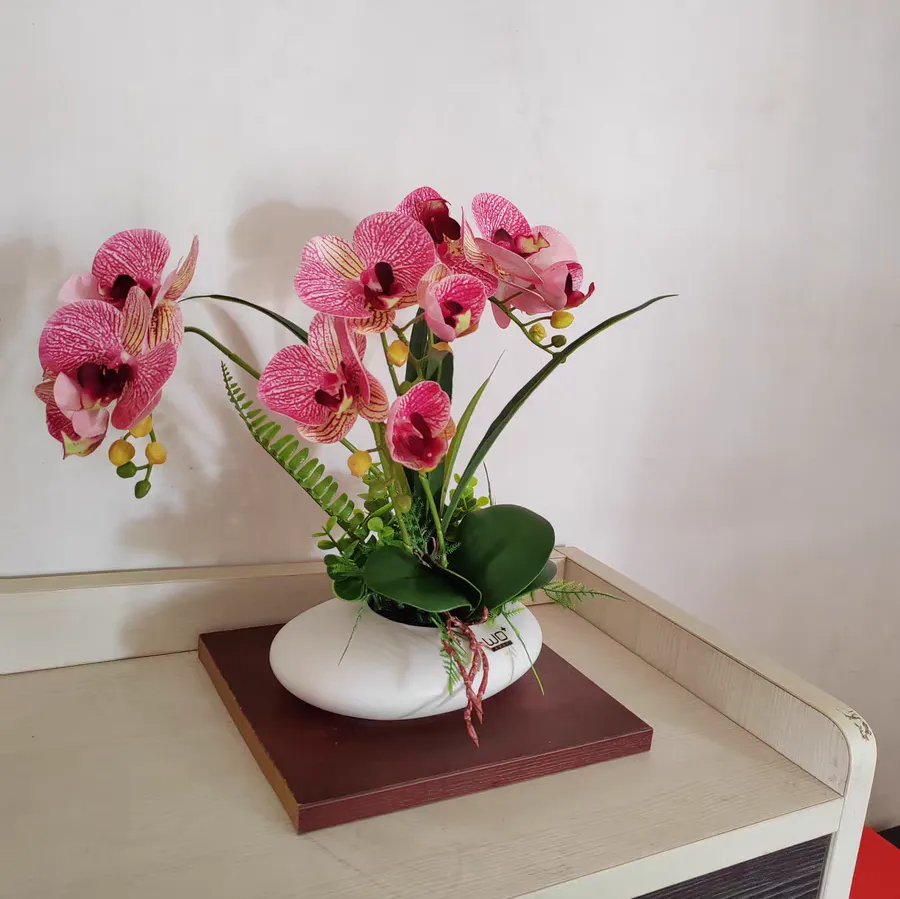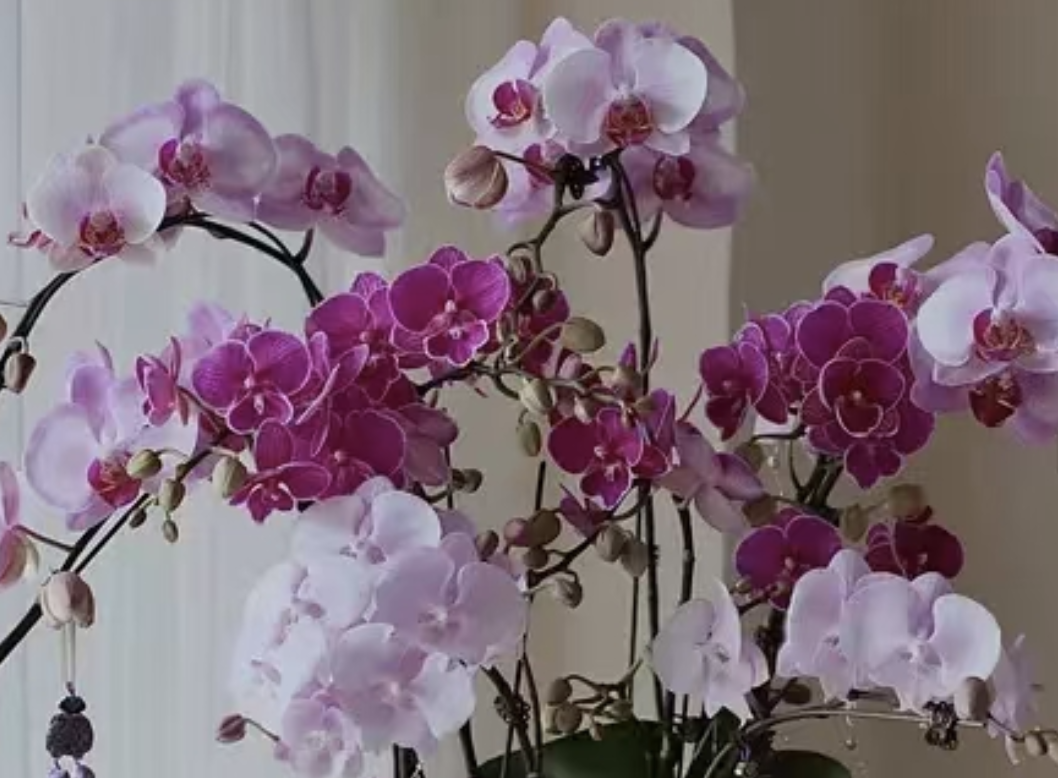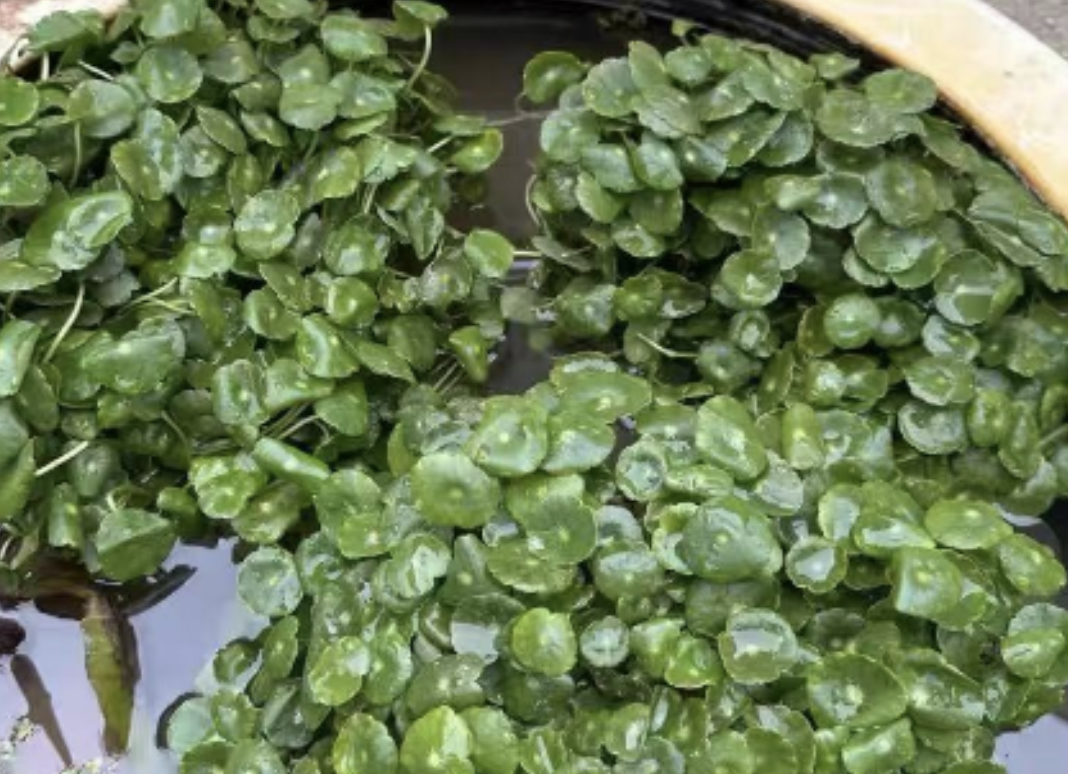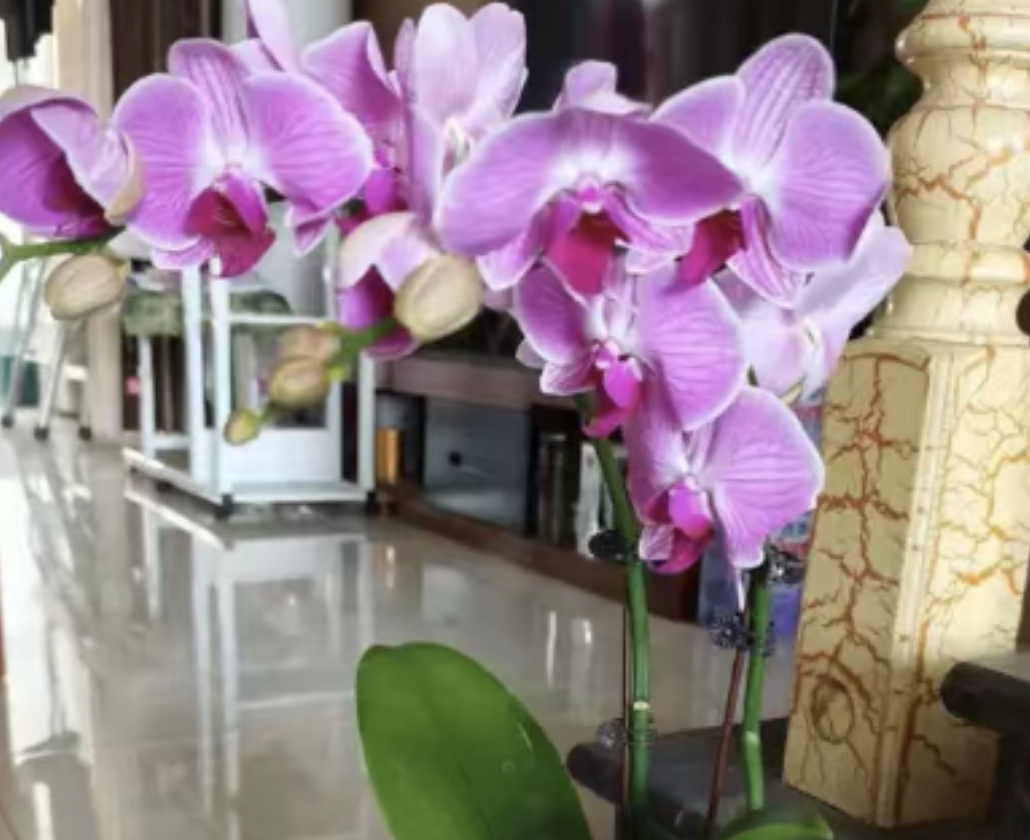There are obvious differences in all aspects of the growth of Phalaenopsis between fertilizing and not fertilizing, specifically in the following aspects:
Growth: Fertilizers provide essential nutrients for Phalaenopsis. Reasonable fertilization supplies elements such as nitrogen, phosphorus, and potassium, which promote the roots to penetrate deeply, the leaves to be thick and wide, the pseudobulbs to be plump, and the plants to grow rapidly and robustly. Without fertilization, there will be a lack of nutrients, resulting in slow growth, weak roots, yellow and withered leaves, and the plants are prone to pests and diseases.
Flowering period: Fertilization is crucial for the flowering period of Phalaenopsis. During the flower bud differentiation period, fertilizers provide a material basis for flower bud differentiation, promoting the differentiation of more flower buds. The flowers will develop plump and large, with a large number, bright colors, and a long flowering period. Without fertilization, it is difficult for flower buds to differentiate. The flowers will be small, pale in color, have a short flowering period, and have a low ornamental value.
Stress resistance: Scientific fertilization can enhance the stress resistance and resistance to pests and diseases of Phalaenopsis. Nutritional components can improve the activity and strength of plant cells, making the cell walls tougher, and enabling the plants to resist adverse environments such as drought and high temperature. The immune system is strengthened, allowing the plants to withstand pests and diseases. Phalaenopsis without fertilization has poor resistance, is difficult to adapt when the environment changes, is prone to diseases and pests, and in severe cases, the plants may die.
Quality: Fertilization can improve the ornamental quality of Phalaenopsis. The leaves are dark green, glossy, and have clear textures; the flowers are bright and pure in color, and the petals are regular in shape. For Phalaenopsis without fertilization, the leaves are light yellow and lack luster, and the flowers are dull and thin, greatly reducing the ornamental value.
How to fertilize: During the vigorous growth period, that is, in spring and summer, a thin liquid fertilizer can be applied every 7-10 days. Choose a fertilizer with a balanced ratio of nitrogen, phosphorus, and potassium, which can comprehensively promote the growth of the plants. In autumn, in order to promote flower bud differentiation, a fertilizer with a high content of phosphorus and potassium can be used instead, such as potassium dihydrogen phosphate. Dilute it and spray it on the leaves or pour it on the roots, once every 10-15 days.
In winter, the growth of Phalaenopsis is slow, and the frequency of fertilization should be reduced. It is sufficient to apply a thin liquid fertilizer once every 1-2 months. It is best to fertilize in the evening, and avoid fertilizing at noon when the temperature is high to prevent the fertilizer from burning the roots. At the same time, follow the principle of "applying thin fertilizers frequently", and do not apply too much fertilizer at one time.
The difference between fertilizing and not fertilizing Phalaenopsis.

Share with
Tagged in :




Leave a Reply